Registration Of 'Chakkouf' Lentil In Morocco

Authors:
Lentil (Lens culinaris Medikus subsp. culinaris) is one of the oldest food legumes and is the third most important one in Morocco. It provides a valuable and balanced protein source in the human diet and plays an important role in cropping systems because of its ability to fix nitrogen. The productivity of the crop suffers because of numerous biotic and abiotic factors. High-yielding cultivars with improved characteristics are needed to increase lentil production and profitability. 'Chakkouf' (Reg. No. CV-34, PI 663991) lentil was developed using both modified pedigree and bulk methods by the Institut National de la Recherche Agronomique, Morocco in collaboration with the International Center for Agricultural Research in the Dry Areas. Tested as ILL 6001-81, Chakkouf was approved for release in 2009 by the Office National de Securite Sanitaire des Produits Alimentaires, Morocco. Chakkouf is a selection from an advanced F-6 line, FLIP 86-15L, which was derived from a cross of 'Precoz' (ILL 4605; PI 515969) with 'Laird' (ILL 4349; PI 471916). Chakkouf is an early-flowering (similar to 88 d), early-maturing (similar to 139 d), and high-yielding (similar to 40% over the local check variety 'L24') lentil cultivar with high zinc (62 mg kg(-1)) and iron (76.7 mg kg(-1)) in the seeds. Chakkouf showed good agronomic performance under drought conditions and wide adaptation for the Moroccan semiarid environments. Chakkouf showed field resistance for rust [caused by Uromyces viciae-fabae (Pers.) J. Schrot] and Ascochyta blight (caused by Ascochyta fabae Speg. f. sp. lentis) during the years of evaluation in replicated yield trials in all experimental stations. Chakkouf offers the producer an economic advantage in cropping systems where it is planted as a rainfed crop in moisture-deficient soils, usually in rotation with cereals.
